Sealing Your Bottle of Cognac
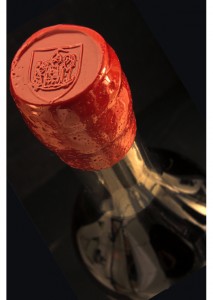 For more than a thousand years cork has been used for sealing wine and spirit bottles. It is a natural product harvested from cork trees which regrow their bark every nine years. It has been revered by traditional wine makers for centuries as the ideal seal. However, the cork seal is not quite so ideal for use with spirits as they can, over the years, degrade the cork. Eventually the cork will turn black and the exposed areas will become so damaged, the cork will drop into the bottle. It is for this reason that cognac producers always advise that bottles should never be laid down for storage. Corks are also porous and allow tiny quantities of air and spirit to pass through, thereby aiding evaporation. Cognac producers have long recognised this problem so today the quality of the seal is much improved. This has been achieved partly by the introduction of semi synthetic cork mixtures and partly by encasing the top of the bottle with some form of capping material.
For more than a thousand years cork has been used for sealing wine and spirit bottles. It is a natural product harvested from cork trees which regrow their bark every nine years. It has been revered by traditional wine makers for centuries as the ideal seal. However, the cork seal is not quite so ideal for use with spirits as they can, over the years, degrade the cork. Eventually the cork will turn black and the exposed areas will become so damaged, the cork will drop into the bottle. It is for this reason that cognac producers always advise that bottles should never be laid down for storage. Corks are also porous and allow tiny quantities of air and spirit to pass through, thereby aiding evaporation. Cognac producers have long recognised this problem so today the quality of the seal is much improved. This has been achieved partly by the introduction of semi synthetic cork mixtures and partly by encasing the top of the bottle with some form of capping material.
In the early twentieth century tin caps were used. This helped protect the cork and seal the bottle further. These caps had the added advantage of allowing producers to print their name on the top as a form of advertising. Today, tin caps have been replaced with light alloy or plastic. Plastic or wooden topped corks are also now used as they make the corks much easier to remove and replace.
Top quality and old vintage cognacs are often purchased by collectors and investors. To maintain the value of each, a complete seal is very important. Wax sealing is a good answer to this problem and one that has been used for over a hundred years, but sometimes the wax can become brittle and break off with careless handling. More modern waxes and the use of semi-synthetic corks now provide much greater stability of the cork and increase the long-term quality of the cognac in the bottle. Collectors of old vintage cognacs that have been bottled in the last quarter of a century can now expect the cognacs to remain in perfect condition for a much greater length of time.

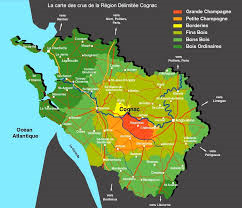 To meet the ever growing demand for
To meet the ever growing demand for 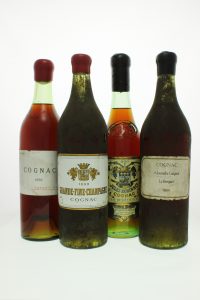 David Baker, Managing Director at Hermitage Cognacs, one of the UK’s leading suppliers of fine and rare cognacs, has noted a real upsurge in interest, demand and sales for
David Baker, Managing Director at Hermitage Cognacs, one of the UK’s leading suppliers of fine and rare cognacs, has noted a real upsurge in interest, demand and sales for 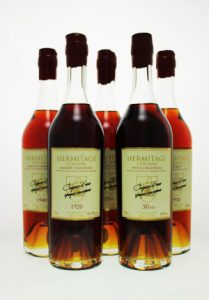 After the festivities of Christmas and New Year’s Eve it is time to look to the year ahead, 2020.
After the festivities of Christmas and New Year’s Eve it is time to look to the year ahead, 2020.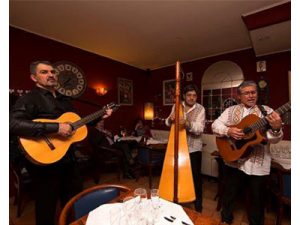 A professor of experimental psychology at the University of Oxford, has said that “venues playing their music too loud are at risk of dulling diners’ taste buds”. He also revealed that “loud music can make it harder to discern a drink’s alcohol content, which may drive diners to buy more booze”. Perhaps certain restaurants are using music to alter diners’ moods – fast food restaurants are known for their high-octane soundtracks which encourage diners to eat quickly and leave. Fergus Henderson of St. John on the other hand has a no music policy at his Farringdon restaurant, and Nigella Lawson believes a thumping soundtrack is “utterly draining and drowns out the taste of the food”. Stephen Harris from The Sportsman probably has it right. He believes the key to a successful restaurant playlist is to pick songs that blend into the background rather than demand to be heard. That does sound like a much more enjoyable dining experience. Interestingly, we have previously reported that wine and spirits are described in a similar way to music, as they have different ‘notes’.
A professor of experimental psychology at the University of Oxford, has said that “venues playing their music too loud are at risk of dulling diners’ taste buds”. He also revealed that “loud music can make it harder to discern a drink’s alcohol content, which may drive diners to buy more booze”. Perhaps certain restaurants are using music to alter diners’ moods – fast food restaurants are known for their high-octane soundtracks which encourage diners to eat quickly and leave. Fergus Henderson of St. John on the other hand has a no music policy at his Farringdon restaurant, and Nigella Lawson believes a thumping soundtrack is “utterly draining and drowns out the taste of the food”. Stephen Harris from The Sportsman probably has it right. He believes the key to a successful restaurant playlist is to pick songs that blend into the background rather than demand to be heard. That does sound like a much more enjoyable dining experience. Interestingly, we have previously reported that wine and spirits are described in a similar way to music, as they have different ‘notes’. 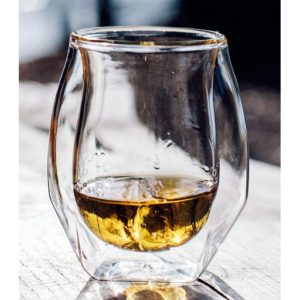 The Norlan Glass is a transparent double walled vessel which creates a hollow body glass with a dramatically different inside shape to outside shape. The idea is to have a tumbler form, with an improved nosing glass performance. Certainly, the interior
The Norlan Glass is a transparent double walled vessel which creates a hollow body glass with a dramatically different inside shape to outside shape. The idea is to have a tumbler form, with an improved nosing glass performance. Certainly, the interior 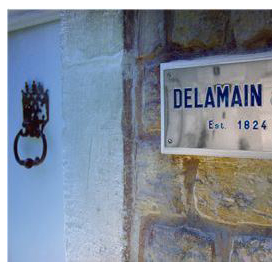 Charles Braastad, Managing Director of
Charles Braastad, Managing Director of 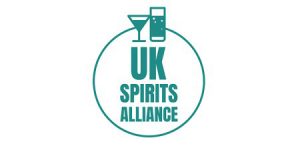 An international group has been formed to tackle issues experienced in the complex and changeable spirits industry. Brexit, trade wars, counterfeiting and debilitating taxes are just a few of the problems that the World Spirits Alliance (WSA) is looking to address. Comprising spirits companies and trade groups the WSA will represent the industry in front of international organisations such as the World Trade Organization, the World Health Organization and the United Nations. Just last month the UK launched its own Spirits Alliance with the aim of “protecting and nurturing the growth of UK spirits”. Its immediate campaign is to stop any further increase of duty on UK spirits. Currently the government states that spirits duty will go up by the retail price index (RPI) in this year’s Budget. This is extremely disappointing as 65% of the nation’s distillers have reported increased sales of spirits since chancellor Philip Hammond froze spirits duty in the 2018 Autumn Budget. Spirit duty rates in the UK have increased from £21.35 per litre of pure alcohol in 2008 to £28.74 in 2019, the fourth highest rate in Europe and one of the highest rates in the world. The price of a bottle of cognac sold at 40%abv, such as
An international group has been formed to tackle issues experienced in the complex and changeable spirits industry. Brexit, trade wars, counterfeiting and debilitating taxes are just a few of the problems that the World Spirits Alliance (WSA) is looking to address. Comprising spirits companies and trade groups the WSA will represent the industry in front of international organisations such as the World Trade Organization, the World Health Organization and the United Nations. Just last month the UK launched its own Spirits Alliance with the aim of “protecting and nurturing the growth of UK spirits”. Its immediate campaign is to stop any further increase of duty on UK spirits. Currently the government states that spirits duty will go up by the retail price index (RPI) in this year’s Budget. This is extremely disappointing as 65% of the nation’s distillers have reported increased sales of spirits since chancellor Philip Hammond froze spirits duty in the 2018 Autumn Budget. Spirit duty rates in the UK have increased from £21.35 per litre of pure alcohol in 2008 to £28.74 in 2019, the fourth highest rate in Europe and one of the highest rates in the world. The price of a bottle of cognac sold at 40%abv, such as 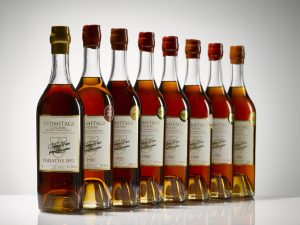 This Christmas the big cognac houses will tell you in very general terms why you should buy their Christmas Cognac either for yourself, or as a gift. The differences in taste and price between one and another will not be significant. The attractive presentation of each cognac will, however, undoubtedly attract millions of customers, but the question I would ask is:
This Christmas the big cognac houses will tell you in very general terms why you should buy their Christmas Cognac either for yourself, or as a gift. The differences in taste and price between one and another will not be significant. The attractive presentation of each cognac will, however, undoubtedly attract millions of customers, but the question I would ask is: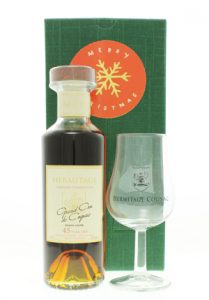 The Hermitage 45 Year Old Grande Champagne Cognac is one of David’s favourite cognacs of all time so this year, we are offering it in a
The Hermitage 45 Year Old Grande Champagne Cognac is one of David’s favourite cognacs of all time so this year, we are offering it in a